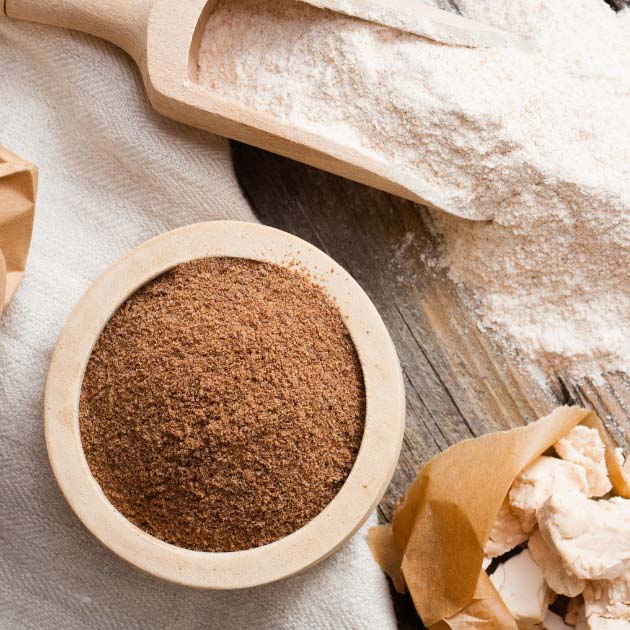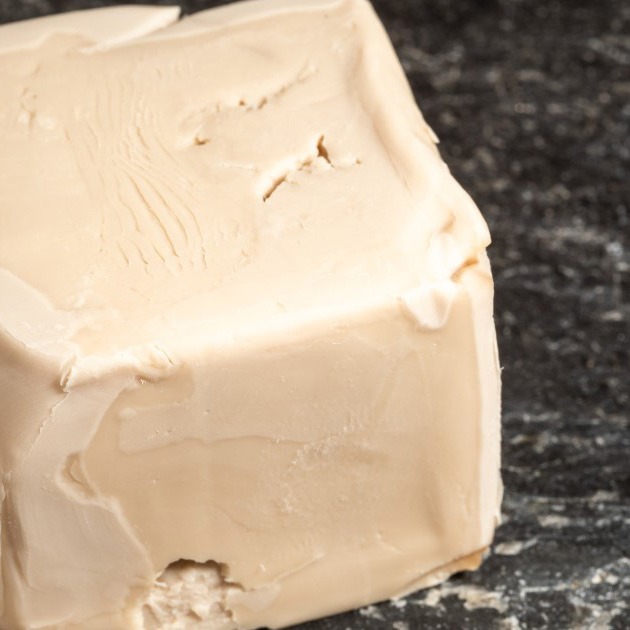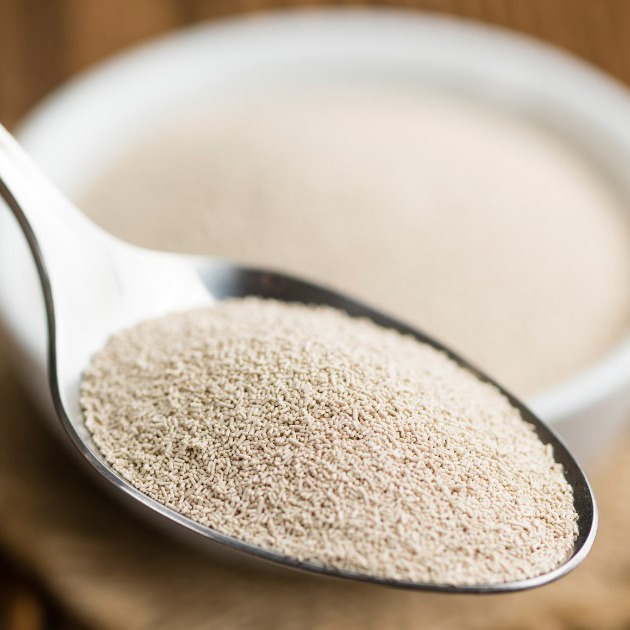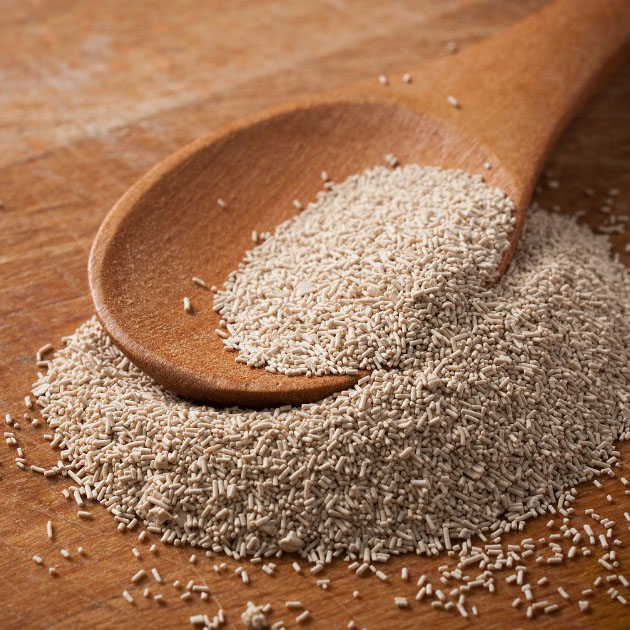All Blogs
What is the best yeast for pizza dough?
Authentic pizza dough requires yeast. Simple. Any recipe or quick cheat that doesn’t include yeast you should not only stay clear of, but you should also run a mile from! It just doesn’t taste the same and have the rise and texture associated with proper pizza. No matter what style or region that your pizza recipe derives from, whether it be classic Neapolitan pizza, Roman Style Pizza or even focaccia, yeast is one ingredient that you cannot avoid. Let’s look into the best yeast for pizza dough…

So, what does yeast actually do?
Yeast quite often is one of those ingredients that we see listed on a recipe and use without even thinking about what it’s doing and why we’re adding it. We’re not going to blind you with science here, don’t worry! But yeast is a ‘live’ ingredient which operates both in the presence of oxygen, and in fact without it. When yeast is combined into the rest of the ingredients it gets to work consuming all the oxygen within the dough. Once it’s done that, in order for the yeast to ‘survive’ it then turns to the sugar that is naturally available within the dough. This is known as fermentation.
Yeast plays a big part in both the texture of the crust, i.e. how fluffy and aerated it is, as well as the specific taste of the dough. The longer the fermentation period, the more ‘sour’ or even alcoholic the dough will taste, thanks in large to the alcohol that the yeast produces during the fermentation period.
What kind of yeast should I use?
There are 3 commonly used types of yeast when it comes to making great pizza. These are: fresh yeast, active dry yeast and instant dry yeast. We’ll go through all three below.

Fresh Yeast
Fresh yeast is the traditional variation and one that should be considered if you’re wanting to stick to true authenticity, although in truth that shouldn’t make too much difference. It tends to develop a bolder flavour to your dough. You’ll find it in the fridge section of the supermarket. It’s important to note that it should be kept fridge cold, and it deteriorates fairly quickly once the packaging has been removed. It therefore cannot be kept and stored long term after use, unless you freeze it.
When using fresh yeast, it should be dissolved in water first. This ensures it’s evenly disbursed amongst the whole batch of dough. Fresh yeast also isn’t as high in concentration as dried yeast, so if your recipe calls for dry yeast you should add a little more to compensate. Not using enough yeast can result in your pizza being heavy and ‘doughy’.

Active Dry Yeast
This brings us nicely onto dry yeast, which is probably the most commonly used variation. One of the main benefits compared to fresh is the longer shelf life. It’s commonly available in all supermarkets in the dried goods section. When using dry yeast, you should ‘activate’ it by adding it to some lukewarm water.
We mentioned above that when using fresh yeast, you need to add more than if the recipe calls for dry yeast. A good rough of thumb is 1 gram of active dry yeast is equivalent to 3 grams of fresh yeast.

Instant Dry Yeast
Much like active dry yeast in that it’s ‘dry’ of course, and readily available in most good supermarkets. It’s by far the most convenient owing to the fact that, you guessed it, it’s instant. It doesn’t need to be activated in lukewarm water. In fact, you can simply sprinkle instant dry yeast straight into your dough mix.
One final point to make about instant dry yeast is it can be less susceptible to being affected by extra salt and sugar in the dough. This is great if you’re making dough for the first time or just experimenting with different recipes and perhaps want a more reliable ‘safe’ yeast that will almost guarantee consistency.
Final Thoughts – And which is best!?
There is no ‘best’ yeast. What a cop out, right!? But seriously, all types of yeast do the same thing. It’s more about what is readily available in your supermarket and which you value most out of convenience and authenticity. As for taste and texture, you’d be hard pressed to know the difference in terms of the final baked pizza. One important thing to mention is when yeast is ‘past it’s best’. You’ll almost be certain when fresh yeast is no longer good to use. Whereas the dry alternatives can be a little trickier to know. Although if you’re making dough regularly that isn’t much of a problem.
Here at The Pizza Oven Shop we sell Caputo Dry Yeast which is an active dry yeast. You can check it out here. 1 third of a pack makes one batch of dough.
If you would like advice from our expert team, they’re on hand to help every step of the way. Get in touch on 01423 608648 or email in a question on sales@thepizzaovenshop.com.


